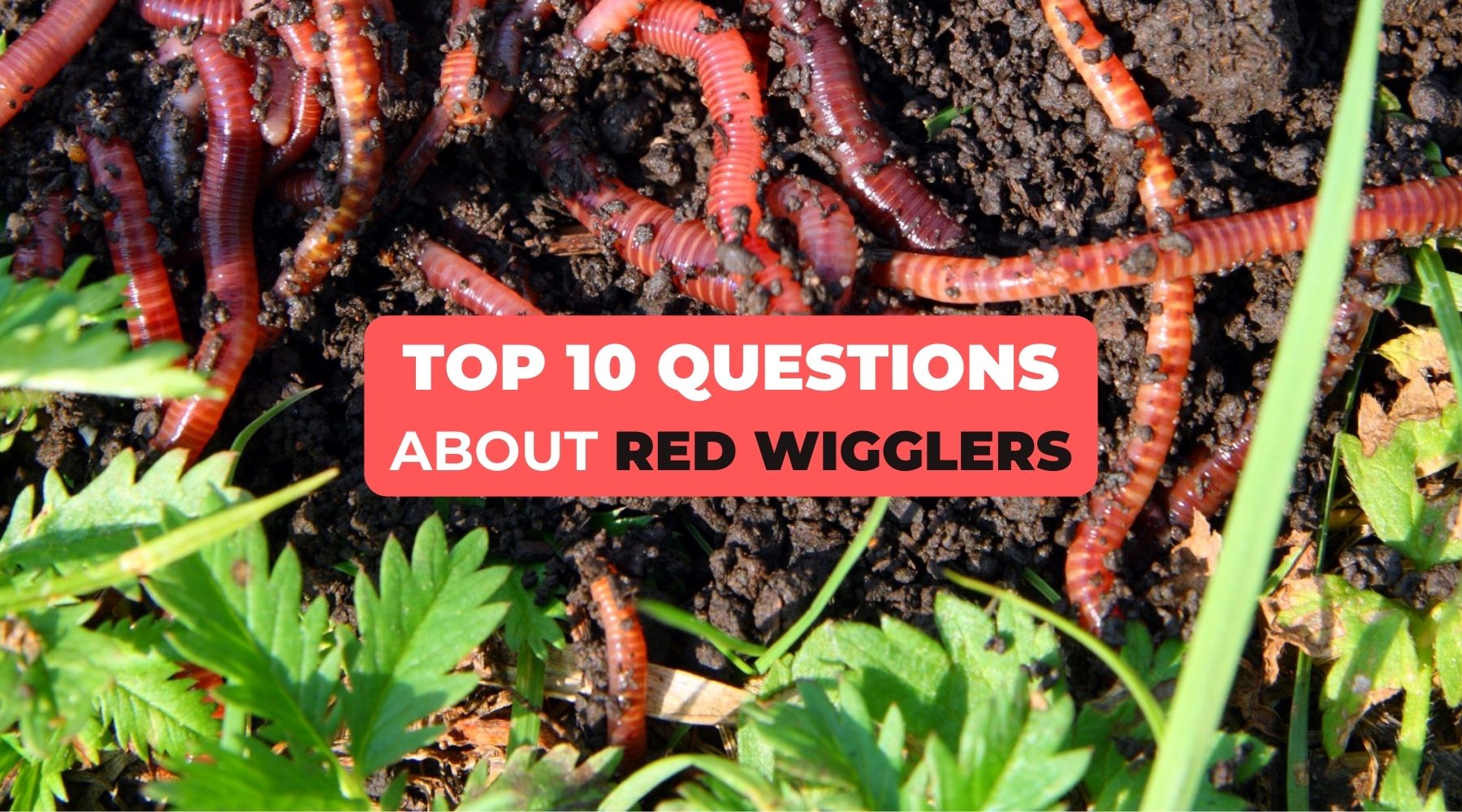The 10-Minute Rule for Red Wiggler Express
Table of ContentsFacts About Red Wiggler Express RevealedRed Wiggler Express - An OverviewUnknown Facts About Red Wiggler ExpressThe Of Red Wiggler ExpressA Biased View of Red Wiggler Express
It's risk-free to say this stuff would certainly have been fantastic to include as a to vermicomposting systems! And the thriving Red Worm populace? It just never ever took place. Also in the lot that was established straight before backyard composters with existing Red Worm colonies. These nutritionally-boosted wood chip environments are definitely packed with Lumbricus sp.
Several ranges, including Red Wigglers, European Nightcrawlers, and Lumbricus varieties were brought over from the European continent. Right here's the thingNative or not - and as skilled as they are at being able to make it through in a wide-range of environments and conditions -. To put it simply, they are far a lot more most likely to hang out in any energetic composting systems you have established, than they are to stroll off and begin destroying the atmosphere.
Roots need oxygen for respiration and depend on smooth air flow within the soil to flourish. However, when it rainfalls, dirt can end up being saturated with water, lowering the oxygen offered and impeding vitamins and mineral absorption - Red Wiggler Express. To maintain an optimum equilibrium, the soil must permit water to drain pipes adequately, leaving adequate area for air to support origin health and wellness
The smart Trick of Red Wiggler Express That Nobody is Talking About

When it involves worms for composting, what enters your mind? If you were an earthworm breeder, dealer, or plain garden enthusiast, then you would certainly understand that red wiggler worms are the suitable worms for vermicomposting. To read more regarding these planet marvels, checked out a few of the red worm truths listed below.
(https://www.trepup.com/@rwigglerexnc)However if they stretch their bodies, you'll have the ability to see the red stripes on their skin. When increasing worms such as red wiggler worms, you ought to have the ability to recognize how to make excellent use of them. When you have the ability to preserve and look after their habitat well, and likewise feed them the right kinds of natural wastes, after that they'll be able to generate nutrient-packed and quality-rich worm castings for you (likewise understood as worm poop or compost).
Some Of Red Wiggler Express
What do worms consume? Well, these red wriggler worms can be fed with kitchen area scraps and garden wastes. Any decaying organic stuff will certainly do like vegetable and fruit peels, smashed egg shells, utilized tea bags, coffee grounds, yard cuttings, dry leaves, and others. Yet make certain not to feed them foods that are oily, citrusy, or has meat or milk in them. Red Wiggler Express.

This habits makes them well-suited forever in worm containers, compost heap, and various other confined areas where natural waste is abundant. Creating an optimum environment for red wigglers needs a thoughtful approach. Think about the complying with necessary aspects to care for red wigglers at home and ensure their wellness: Make use of a bedding of shredded newspaper or cardboard.

Include a handful of dry, shredded newspaper if the bin becomes as well damp. Indeed, they do! Red wiggler worms duplicate by laying tiny, lemon-shaped eggs in protective cocoons. These cocoons are usually deposited in the bed linens and hatch into infant worms within a couple of weeks. The fast reproduction cycle of red wigglers is just one of the factors they are preferred for vermicomposting.
Getting The Red Wiggler Express To Work
Their adaptability and resilience have made them a preferred selection for vermicomposting in different areas around the globe. Yes! They can make it through from a range of 32F to 90F. They are super versatile animals. Consider safety steps for really severe temperatures such as: Insulating the worm container with layers of straw or leaves.

Simply remember - you can constantly include even more food later (however it's hard to remove feed once it's been included to a bin!).
Since I fed the red wigglers and garden compost worms way too much, they weren't able to maintain and with time the older food went uneaten and created anaerobic problems that eliminated the worms. The bright side is that there are really basic activities you can require to ensure this doesn't take place! Right here're the 6 principles for how typically and how much to feed your worms: Guideline # 1: Small amounts! You can always add even more food later on.
Red Wiggler Express - Truths
Leftover food will certainly lead to anaerobic problems that will certainly kill your real-time worms. Guideline # 6: After the first feeding, feed the worms 1/3 to 1/2 of their weight.